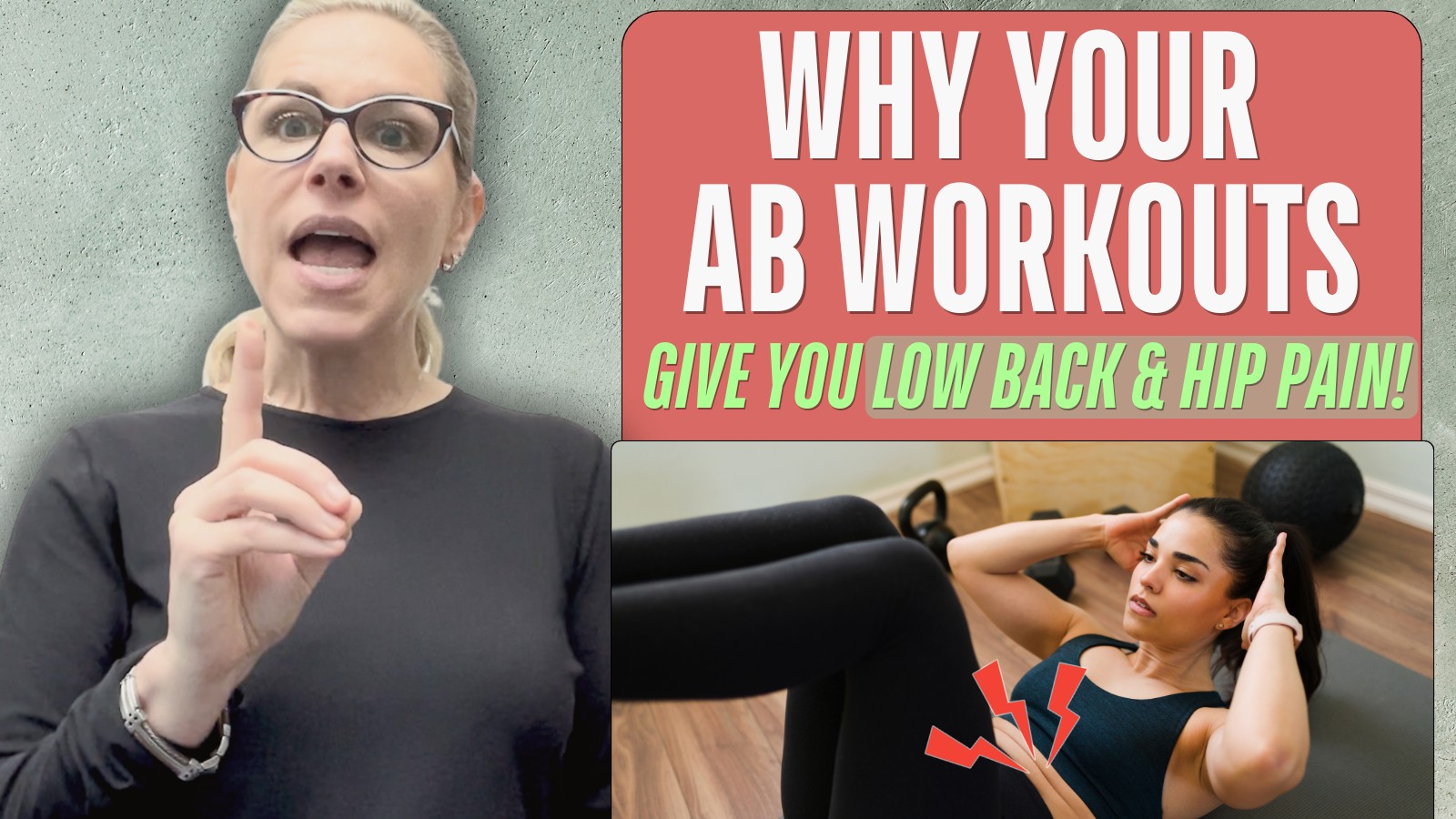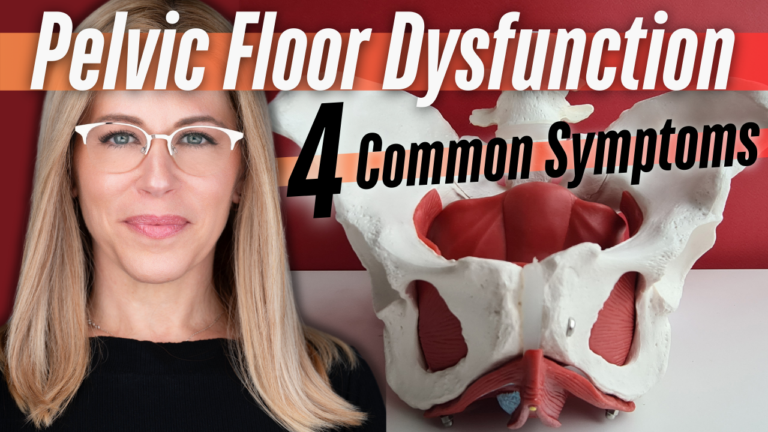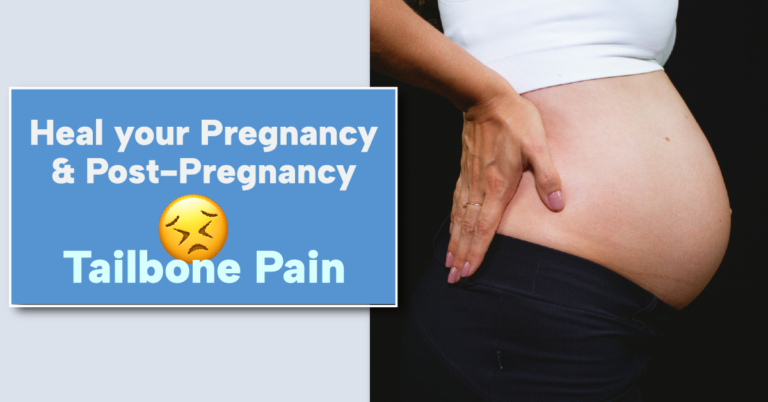Activating your core, especially as you grow older or enter menopause, offers a ton of benefits, such as aiding in injury prevention. But what happens when activating your core is painful, and not in the way you expect?
Ab overactivation can lead to lower ab, hip, or back pain, which can lead to a whole other host of issues, including pelvic floor dysfunction. In this video, Susan Winograd PT, owner of Pelvicore Rehab and Wellness and a renowned pelvic floor physical therapist, breaks down the signs of core overactivation and how to engage your core the right way for sustainable workouts.
Timestamps
0:00 – Core Pain Explained
Why your ab workouts still cause lower abdominal, hip, or back pain.
0:15 – Overactivation Problem
How gripping and “lifting a boulder” leads to core dysfunction.
0:35 – Superficial Muscles Overworking
Rectus, obliques, iliacus, and psoas compensating.
1:05 – Deep Core Activation Tip
The “blueberry lift” cue for proper pelvic floor support.
1:30 – Blueberry vs. Boulder
Why subtle activation builds real deep-core strength.
1:55 – Check Your Core Engagement
Signs you’re gripping your abdominal wall.
2:15 – Try the Blueberry Lift
Quick practice cue for better core and pelvic support.
2:30 – Core Training Reminder
Lift a blueberry—not a boulder.
Book your FREE health and wellness 15-minute discovery call at www.pelvicorerehab.com.





